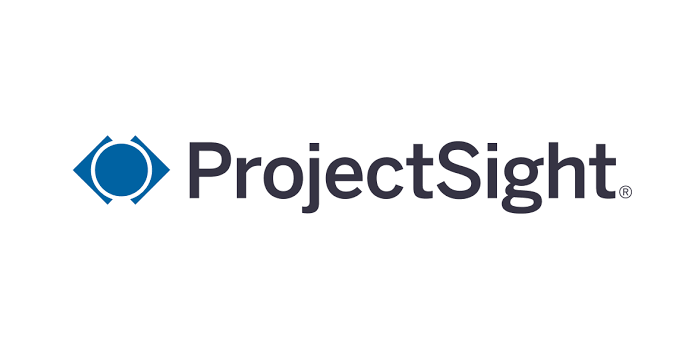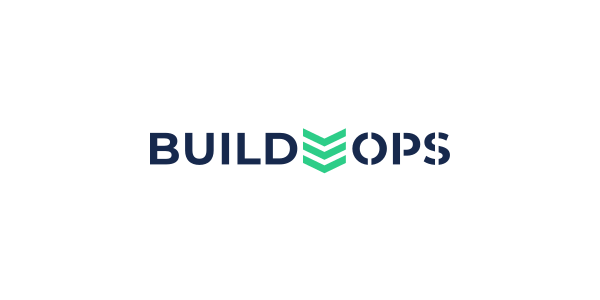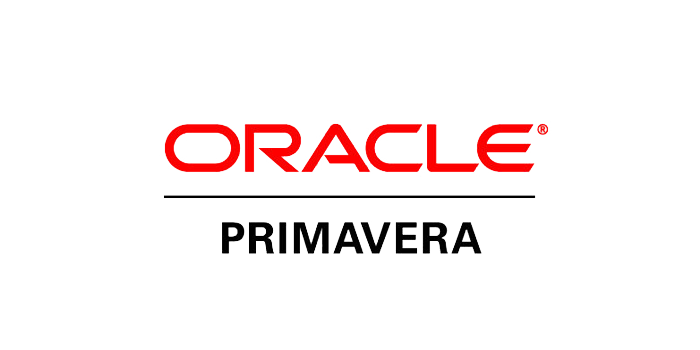
Article written by Richard Volack on constructionexec.com
The construction industry traditionally has been resistant to change. However, recently, whether it is a desire to get away from the early days of COVID-19 or the building boom, more and more companies are implementing new forms of construction technology to make their jobsites safer, run more efficiently and reduce costs. But, along with the positive effects of this new technology, there arises the possibility for cybersecurity issues.
THE NEW TECHNOLOGY
A prime example of new technology that takes safety to a new level is the use of smart clothing (or wearables). In fact, a recent study reported that wearable technology can increase productivity by 8.5% and workplace satisfaction by 3.5%.
According to the article, "Construction Market Flooded with Devices Seeking to Cut Injuries in Hazardous Sector": “Wearable devices can provide construction employers with a ton of valuable information about safety and health risks that their employees are contending with in the workplace, including whether an employee is overheating, slowing down or tired, present in a dangerous location or engaging in risky behavior …” Popular wearable devices include smart boots, exosuits, smart glasses, smart shirts and safety vests. Other examples are robots and drones that can also perform a similar safety function in that they can venture into tight, high and unsafe for human places to record and collect information about the construction site.
Examples of technology that support a construction site in running more efficiently are the use of new construction data collection apps and sorting apps. Such apps have numerous uses including tracking a worker’s time, viewing relevant plans and specifications, deploying drones, bidding and safety, to name just a few. A construction company employing this new technology can allow for “better communication amongst all stakeholders; better project management, more accountability and greater accuracy …,” according to the article “12 Best Construction Apps in 2022.”
Other examples include 3D printing, BIM systems, and forms of artificial intelligence (AI) and machine learning. Such technologies can be used for improved safety in analyzing job photos and identifying risks, decreased costs by analyzing past projects to pinpoint inefficiencies and propose new solutions and improved design by using the technology to explore countless variations to choose the design best suited for the project at issue.
THE RISKS
While the aforementioned forms of new technology may be regarded as a great step forward for the industry, one should never lose sight of the fact that all of the technology highlighted is connected to the "Internet of Things." By virtue of this connection, major risks can arise. In fact, multiple commentators in the industry have observed that “the construction industry has increasingly implemented artificial intelligence and robotics, which, given their interconnectivity, require additional data security and privacy consideration,” according to The National Law Review. Other commentators have stressed that the specific technologies involved in a project are one of the factors that need to be reviewed when assessing a construction company’s “inherent business risk of cyber breach.”
Insurers and brokers who service the construction industry have also extensively commented on such risks. Marsh McLennan found that “while technology provides contractors the opportunity of attaining a competitive advantage by securing faster, cheaper and safer project delivery, risks associated with technology adoption should also be weighed. Most notably, with increasing interconnectivity of devices, digitization and the adoption of other technologies, the risk of cybercrime increases in frequency and severity.”
Such new risks give rise to what is called a “borderless jobsite,” which “means there are risks that can’t be seen at the physical location … [and] With these new challenges, it is more important than ever for risk managers to broaden their thinking around risks that could impact a jobsite and develop a plan that protects both its physical and digital presence,” according to the article “New Construction Technologies Pose New Risks.”
MITIGATING THE RISKS
While these risks can be mitigated (as discussed below), they can never be reduced to zero. Construction companies must keep the risk matrix in mind when employing new technology. Never make any assumptions with new technology—it could allow a backdoor into a company’s computer systems no matter its age, level of development or sophistication.
The best way to risk-manage situations like this involves, at a minimum, always doing the following:
- Use dual/multi-factor authentication when accessing any part of the company’s systems;
- Ensure employees are trained in cyber security so they can identify (and avoid) any of the myriad phishing techniques scammers use to obtain either private company information or obtain the user’s username and password to gain access to the systems;
- Examine the manufacturer's security setting on the new “smart” devices. Many have simple, pre-programmed security codes that can be found on the internet. Change the password immediately upon receipt of the new technology;
- Employ the latest system patches, logging and monitoring software, and strong endpoint security;
- Protect the password and make it complex (at least 12 characters, an upper and lower case letter, a number and special character);
- Change the password regularly (usually every six months or sooner if there is reason to think that the password was compromised); and
- Ensure the systems are backed up in a safe, secure and off-site location.
CONCLUSION
It is important to also engage with counsel who can continuously monitor and advise of newly enacted laws related to new construction technology and newly developing risk management techniques that can lessen the impact of a possible cyber breach.
Following these tips will allow construction companies to use the constantly emerging technologies for the benefit of the construction site while reducing the downside of a possible cyberattack through such new and smart devices.
Contact us to learn about project software that is right for your business.
Related Articles:
- Why Cyber Security is So Important for Your Construction Data
- Why Cybersecurity Matters in Construction — Part 1 of 2
- Why Cybersecurity Matters in Construction — Part 2 of 2
- Construction Cybercrime Is On the Rise
- Increased Cyberattacks Now Businesses’ Second-Biggest Concern













